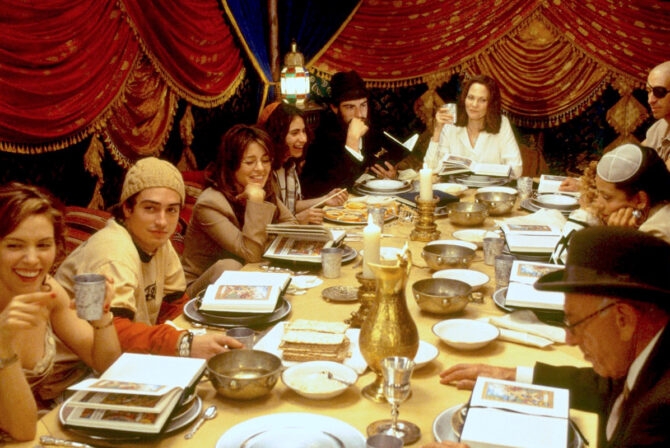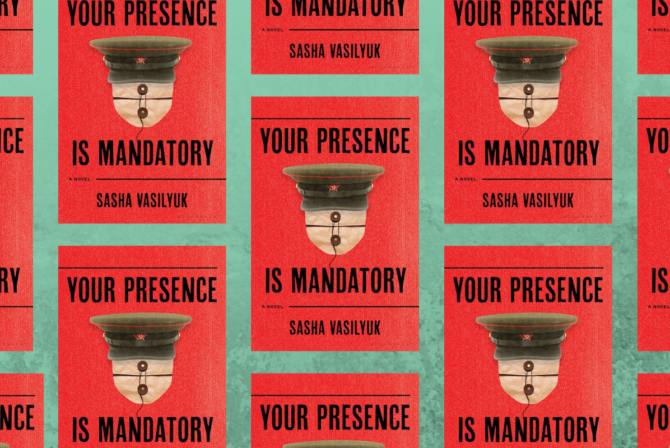Imagine if you will that in addition to the five Biblically prohibited grains (rye, wheat, barley, spelt, oats) and the Eastern European custom of refraining from eating
kitniyot
(including beans, peas, corn, and rice), you add on the excitement of choosing not to consume any byproducts of animals (no beef, fish, chicken, dairy, eggs, or honey!). That’s Pesach in our house, including for our 2 ½- and 5-year-old boys.
Eight days and eight nights, baby. All vegan. All kosher for Pesach. And no eating out at non-Passover certified restaurants. Ready to call Child Protective Services on me yet?
Well, don’t. I find it fulfilling, meaningful, and spiritually satisfying to raise my sons the way Jews have fought to live for thousands of years, despite persecution and threat. Every holiday is an opportunity to impart some lesson, some tidbit of meaning, and some dose of enjoyment and pride in our heritage.
Passover is no exception despite the dietary restrictions. It’s not even an option for our sons “not” to observe Passover as we do. As Jews who believe in the system of laws (Halacha), we do not own any consumable hametz (which refers to foods made from those five grains I mentioned earlier) during Passover. We couldn’t give it to our boys if we wanted to–it is gone! The foods we choose to feed our sons most of the year are not hametz anyway: their main food sources are fruit, vegetables, and protein-rich foods such as nuts and beans. They are healthy, thriving, and happy as vegans, but Passover indeed limits them in two important arenas of their lives: rice and pasta.
Like most children, they love rice and pasta and would eat it every meal if I let them. “Passover pasta” is just not the same thing as the real deal.
So, this leads me to my Passover Survival Tips for Vegans
#1: Quinoa.
Quinoa is a high-protein, inexpensive, easy to cook seed from South America. Quinoa takes on the flavor of whatever you want it to, much like rice, but we douse it in marinara sauce since we can’t use soy sauce during Passover. (Soy sauce is from the soy BEAN; remember? No beans for us.)
#2 Homemade almond milk.
Since we don’t drink cow’s milk, and we can’t have soy or rice milk on Passover (kitniyot strikes again), I make almond milk a few times during the holiday from ground almonds and water, with a bit of maple syrup. Our boys don’t drink it (they also don’t drink rice milk or soy milk during the year; just water); we use it with Passover cereal, which is generally really sugary and ridiculously unhealthy.
#3: I ease up on my general low-sugar and barely-any-candy rules during Passover.
I don’t want our sons to feel deprived, and I don’t want them to associate Passover with unhappiness in the food department. So I let them have small treats and I don’t stress about the handful of days they may use “real” non-organic non-hydrogenated margarine on their matzah. I lather on the marinara where I normally would drizzle it, and I make sure to try and bake something exciting at least a few times during the holiday.
* * *
I have found that Passover leads me to a lot of reflection: personal, spiritual, and dietary. What do I need to keep me going? Are my kids too dependent on starch when I want them to get more fruits and veggies into their bodies?
I don’t think it’s oppressive or cruel to insist that my children observe the holiday stringently. I want them to know what kind of Judaism we practice, and I want them to see that the world is not always made for our 100% comfort, but that being Jewish sometimes means doing things and then learning their meaning as we explore them.
That’s not too lofty for small children. Judaism values including children in our holidays not because it forces them to be adult before their time, but because they can appreciate mitzvot and commandments and it prepares them to be adults who don’t see being Jewish as an obligation; rather, it is a privilege and a blessing.
Chag Pesach Sameach!








